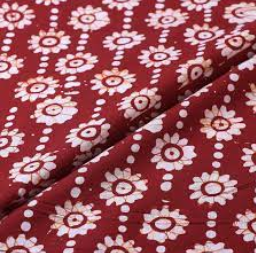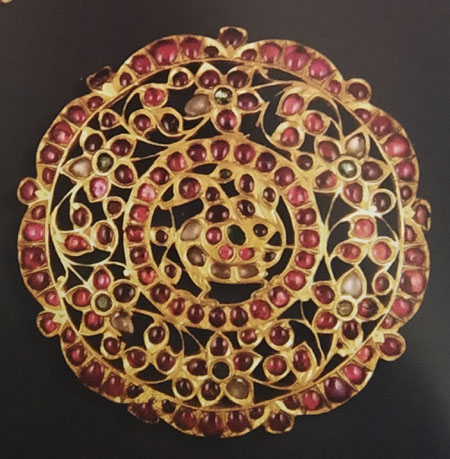
Constructed garments, Apparel, Dhurries, Floor Covering, Carpets, Domestic Arts/Crafts, Embroidery
Dhalapathar Parda Weaving of Odisha
Dhalapathar Parda and Fabrics are named after the Odisha village of Dhalapathar in the Khurda district. The word parda means “curtain.” This village’s handloom curtains and fabrics are created by spinning machines. Sewing sarees and gamuchhas is a common skill practised by every household in Dhalapathar village. This job involves all members of the family.
A graph is used to draw pictures on a screen. For long-lasting colour, the fabrics are coloured with natural colours derived from mango bark, jamun, and other fruits. It can take more than a month to create a single screen. In 1930, the parada fabric industry was at its height. This was a popular outfit during numerous festivals and ceremonies.
Weavers not only weave Parda and Fabrics, but they also weave artistic thread patterns on Sarees, Lungi, Gamuchhas (towels), and other products. Handloom sarees are woven by the ‘Rangani’ community. Rangani is an abbreviation for ‘Rang’ (colour) and ‘Ani’ (bring) – ‘one who knows the art of bringing colour on fabric.’ Common sarees include ‘Kusuma Kapata,’ ‘Kankana Pedi,’ ‘Muktapunji,’ ‘Nahati,’ and ‘Akata.’
Gallery
YOUR VIEWS
PRACTITIONERS: INDIA
Access 70,000+ practitioners in 2500+ crafts across India.
BIBLIOGRAPHY
10,000+ listings on arts, crafts, design, heritage, culture etc.
GLOSSARY
Rich and often unfamiliar vocabulary of crafts and textiles.
SHOP at India InCH
Needs to be written.





